Ever wanted to speak “Elephant”, or to understand these amazing, beautiful animals? Thanks to a new web-based translator developed by the David Sheldrick Wildlife Trust and ElephantVoices, now you can! “H
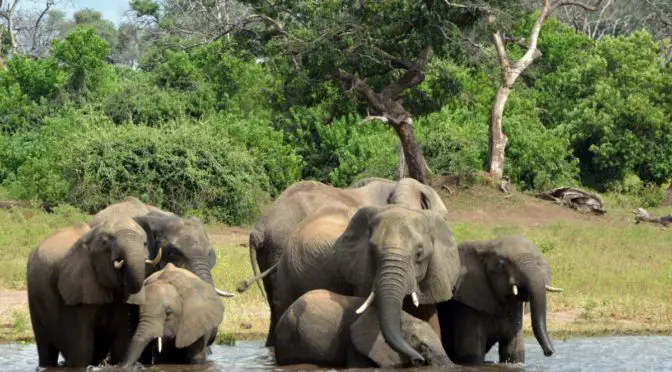

Ever wanted to speak “Elephant”, or to understand these amazing, beautiful animals? Thanks to a new web-based translator developed by the David Sheldrick Wildlife Trust and ElephantVoices, now you can! “H
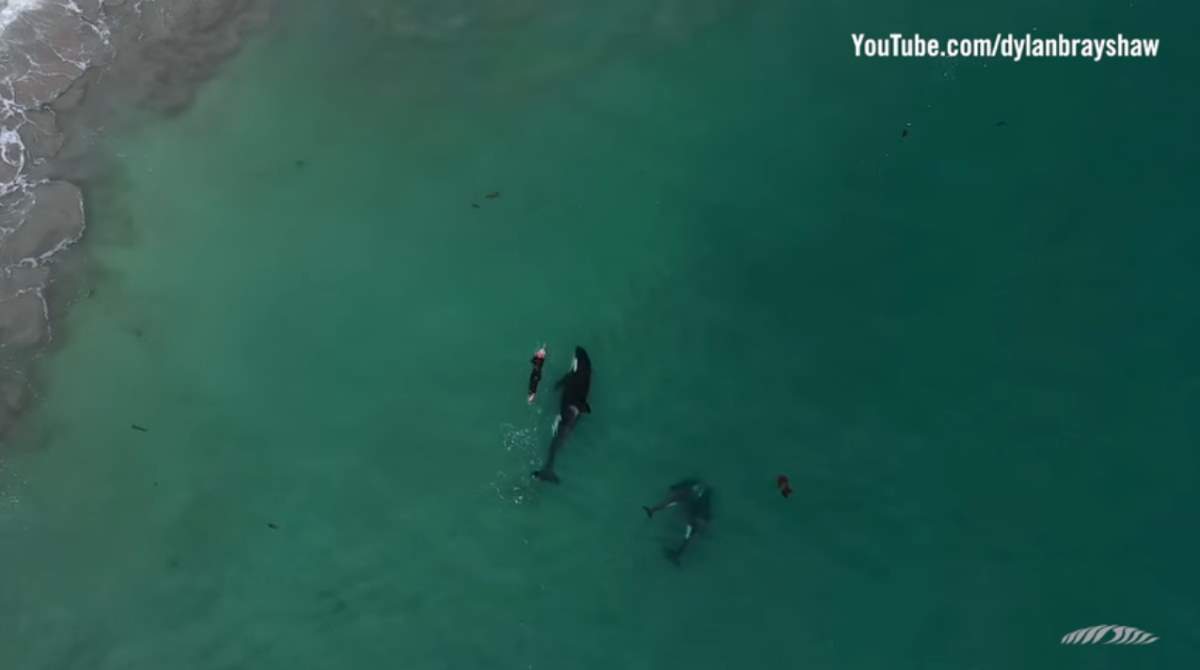
A woman was swimming on 4 December 2018 at Hahei Beach on the Coromandel peninsular, New Zealand. Then a pod of orcas (killer whales) swam up to her (probably a mother and two calves), and circled her. They kept swimming around her while she was headed to the shore. Especially the mother swam really close to her. A man named Dylan Brayshaw captured the full scene from a drone. The result is the amazing drone footage below.
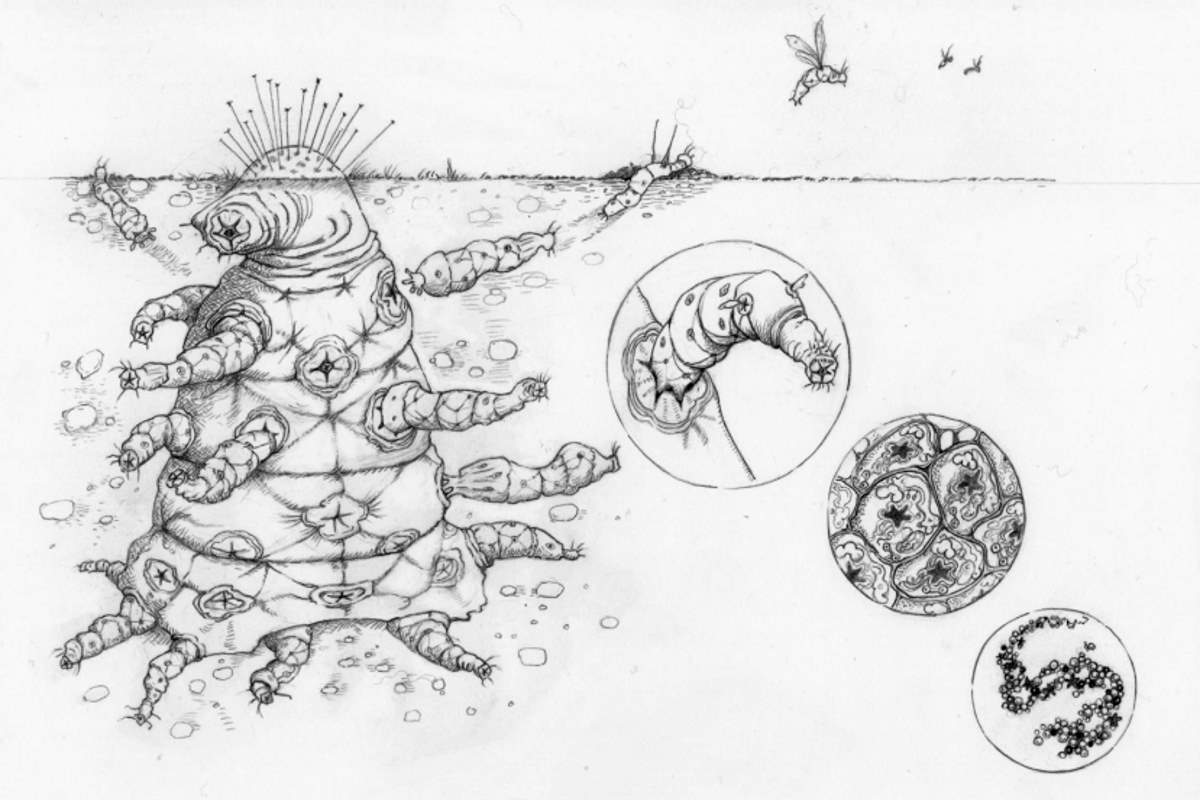
What would convince you that aliens existed? The question came up recently at a conference on astrobiology, held at Stanford University in California. Several ideas were tossed around – unusual gases in a planet’s atmosphere, strange heat gradients on its surface. But none felt persuasive. Finally, one scientist offered the solution: a photograph. There was some laughter and a murmur of approval from the audience of researchers: yes, a photo of an alien would be convincing evidence, the holy grail of proof that we’re not alone.
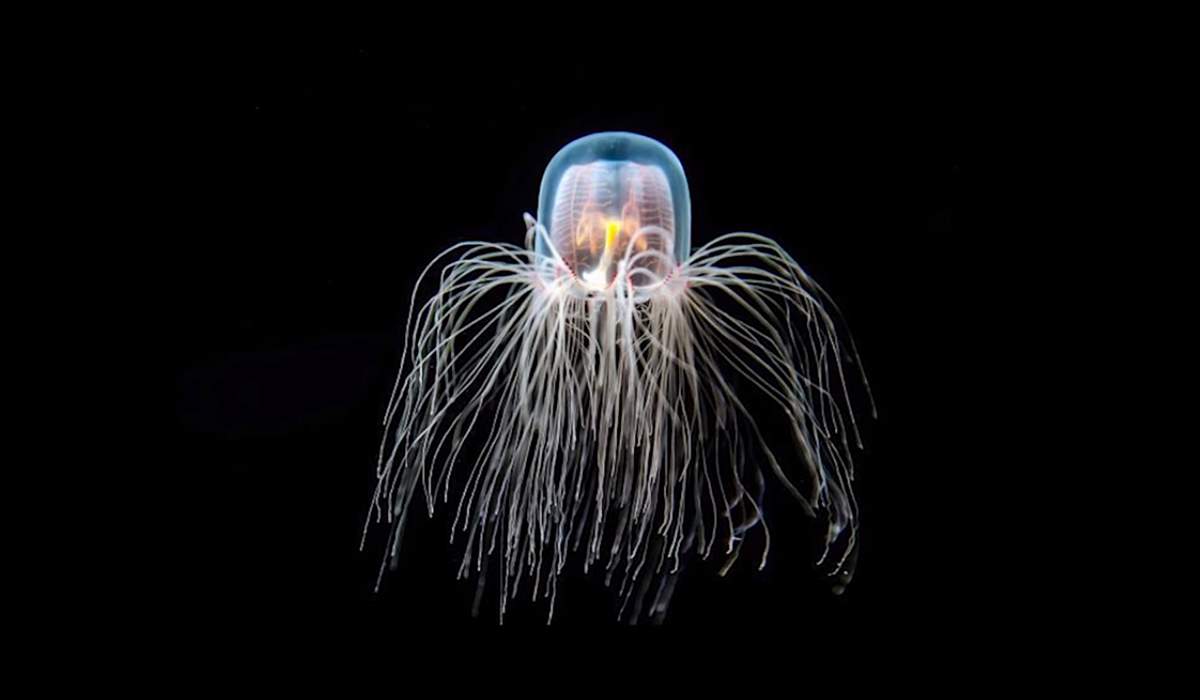
Would you like to have the ability to transform back to a younger version of yourself? Meet Immortal Jellyfish (scientific name: Turritopsis

We, humans, changing the Earth – mostly (almost always) in a bad way. Just over the last 25 years, we have destroyed 10% of the Earth’s wilderness. Now, a new world map created by the University of Cincinnati geography professor Tomasz Stepinski shows how the Earth’s surface has dramatically changed between 1992 and 2015.
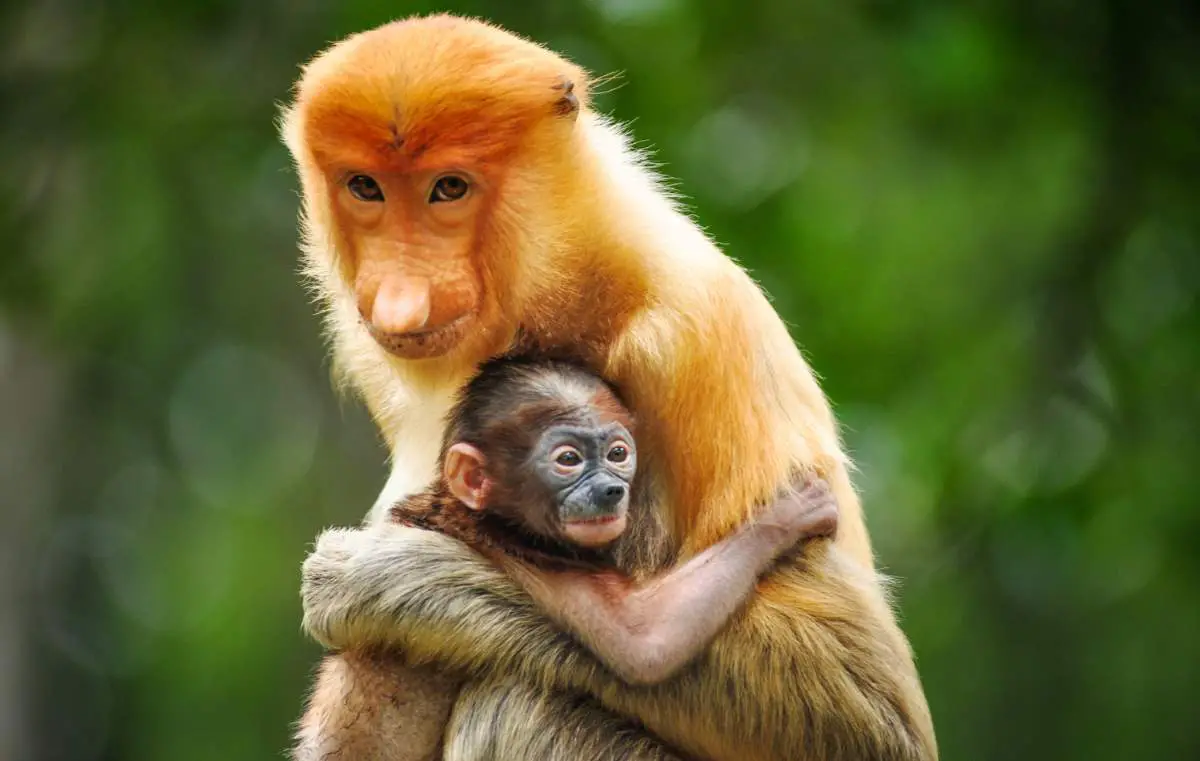
We, humans, are destroying the Earth’s wilderness at an alarming pace. Scientists say we have destroyed 10% of Earth’s wildlife habitat in just 25 years. Since 1993, 3.3 million km2 of global wilderness areas, particularly in the Amazon basin (almost 30%) and central Africa (14%) were lost. This is almost twice the size of Alaska!
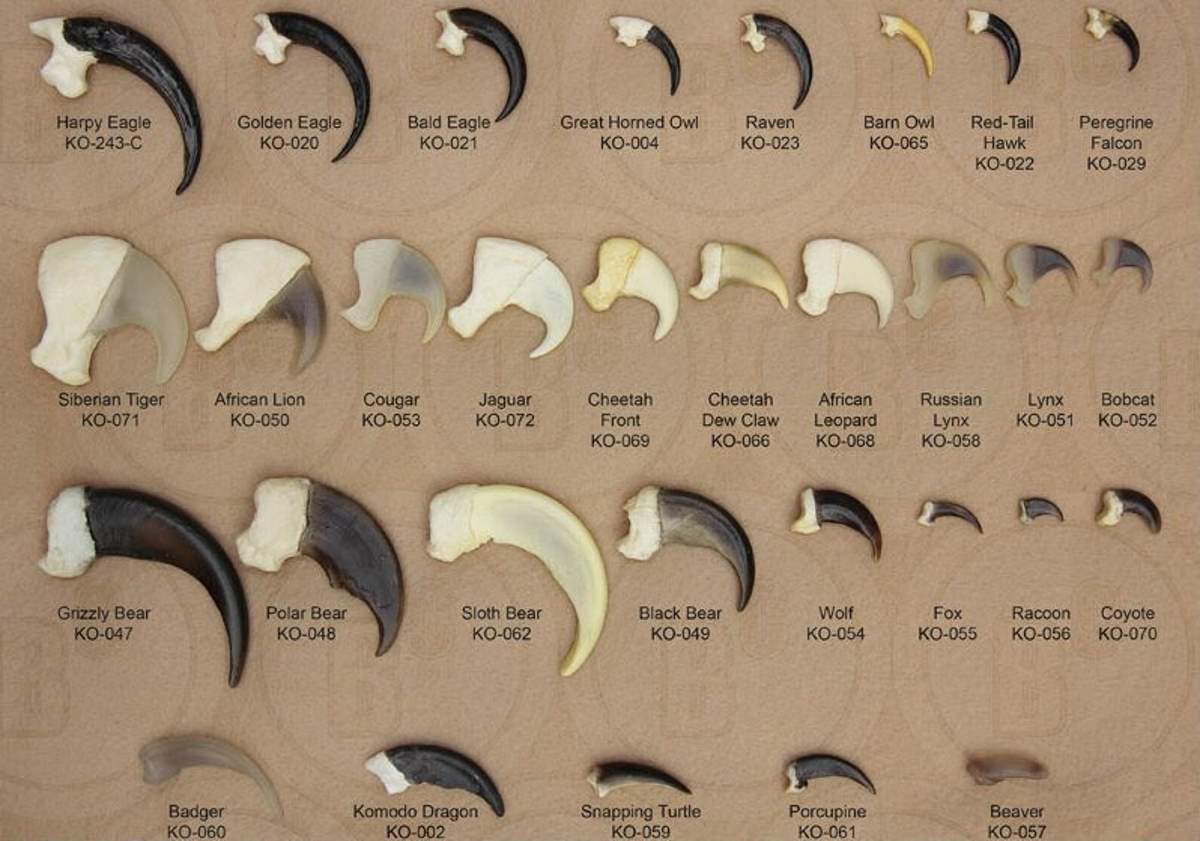
The chart below compares some wild animals’ claws (including the Siberian tiger, African lion, Jaguar, Cougar, Grizzly bear, Harpy eagle, and Polar bear).

Back in December 1990, during its flyby of Earth, NASA’s Galileo spacecraft, which studied the planet Jupiter and its moons, as well as several other Solar System bodies, pointed its instruments towards Earth, at the urging of Carl Sagan. And, it has found evidence of life on our planet. This can be a key to detecting vegetation on exoplanets – which is key to a possible i
In a paper published in Nature, researchers wrote “The Galileo spacecraft found evidence of abundant gaseous oxygen, a widely distributed surface pigment with a sharp absorption edge in the red part of the visible spectrum, and atmospheric methane in extreme thermodynamic disequilibrium. Together, these are strongly suggestive of life on Earth.”
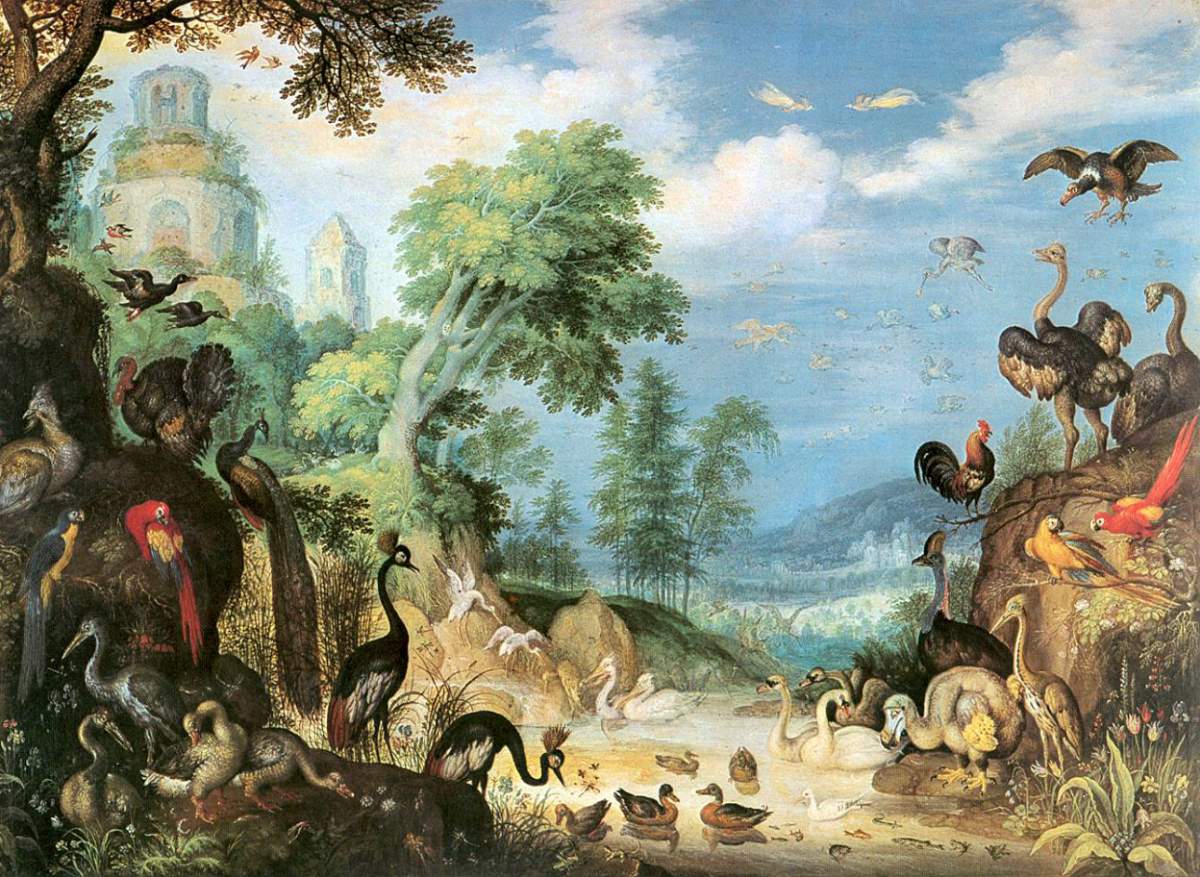
If you are one among the many who have watched the movie Rio and have fallen in love with the adorable lead named Blu, then I have some terrible news for you! As of this date, the Spix’s Macaw has been declared “extinct as in wild”.
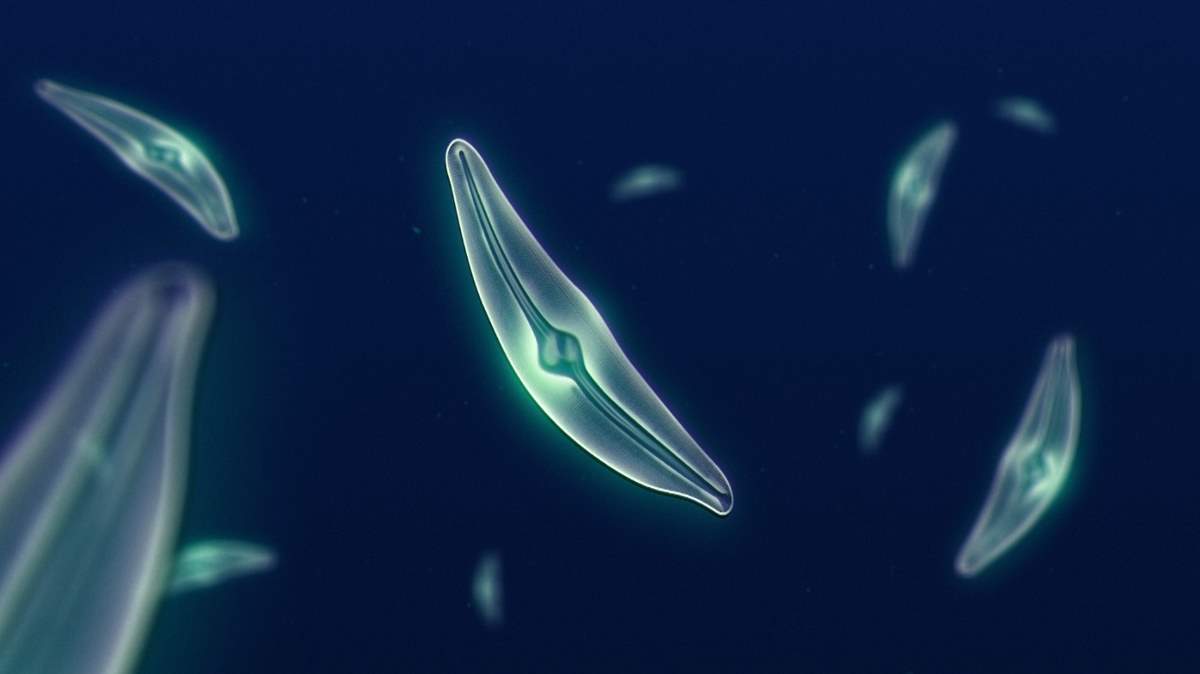
For centuries, humans have endeavoured to discover and describe the sum of Earth’s biological diversity. Scientists and naturalists have catalogued species from all continents and oceans, from the depths of Earth’s crust to the highest mountains, and from the most remote jungles to our most populated cities. This grand effort sheds light on the forms and behaviours that evolution has made possible, while serving as the foundation for understanding the common descent of life. Until recently, our planet was thought to be inhabited by nearly 10 million species (107). Though no small number, this estimate is based almost solely on species that can be seen with the naked eye.